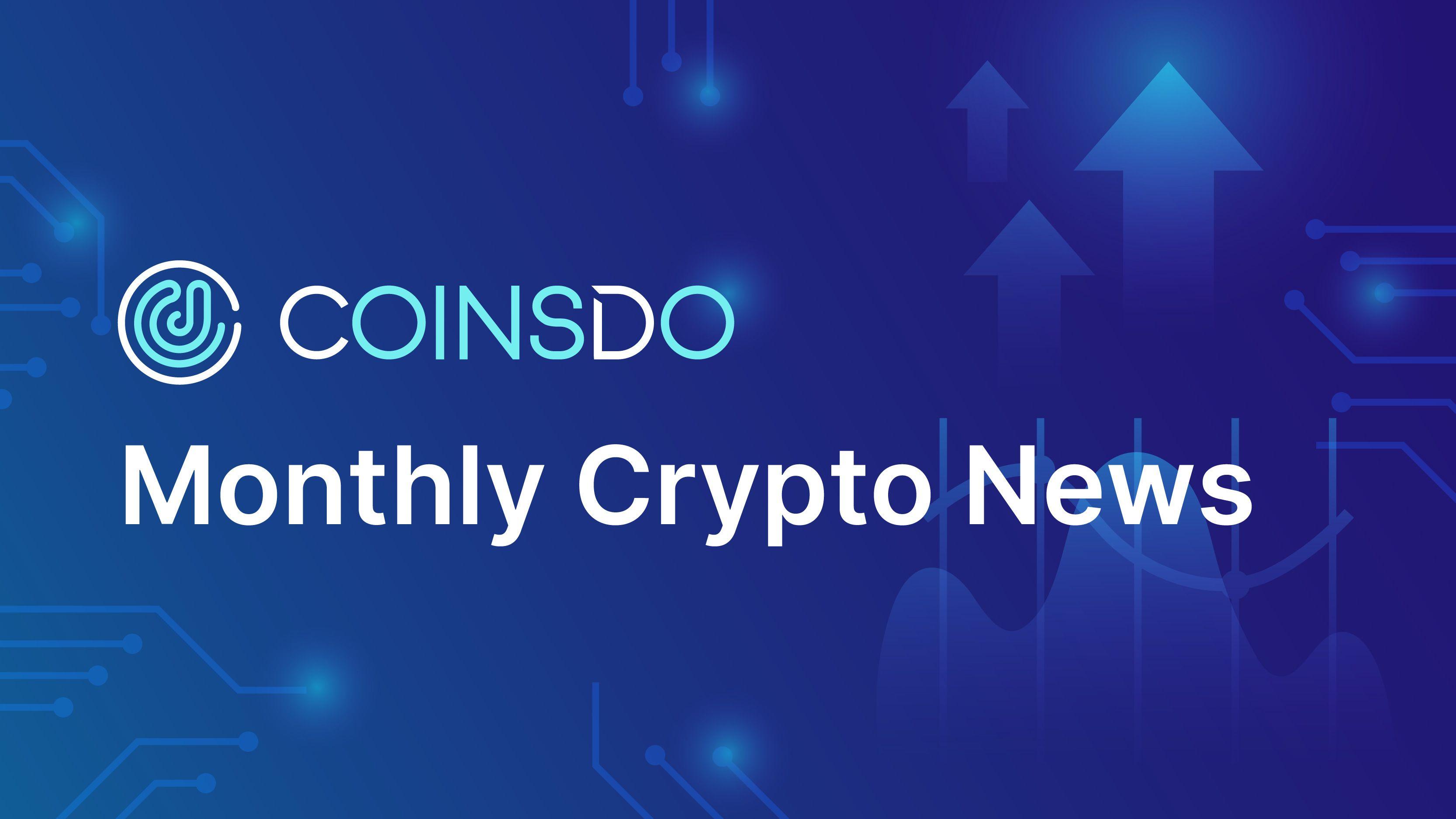
6 min read
What is Cardano (ADA)
Blockchain technology has emerged as a transformative force in various industries, offering decentralized, secure, and transparent methods for managing transactions and data.
Among the numerous blockchain platforms, Cardano stands out for its scientific approach, robust features, and continuous evolution. Developed by IOHK and led by Charles Hoskinson, Cardano aims to provide a more balanced and sustainable ecosystem for cryptocurrencies and blockchain applications.
This article explores the unique features of Cardano, presents notable case studies, and explains how our platform supports transactions with Cardano's ADA tokens.
Key Features of Cardano Blockchain
Proof-of-Stake Consensus Mechanism
Cardano employs a Proof-of-Stake (PoS) consensus mechanism known as Ouroboros, which is designed to be both secure and energy-efficient. Unlike Proof-of-Work (PoW) systems that require significant computational power, Ouroboros relies on stakeholders holding ADA tokens to validate transactions. This method enhances the scalability and sustainability of the network while reducing its environmental impact.
Modular Architecture and Formal Methods
Cardano's architecture is highly modular, comprising various components such as nodes, command-line interfaces, and APIs, which work together seamlessly. This modularity allows for easy upgrades and maintenance. Additionally, Cardano employs formal development methods, which involve rigorous mathematical techniques to ensure the software operates as intended. This approach is typically used in high-stakes industries like aerospace and banking, ensuring the highest levels of security and reliability for the Cardano network.
Scalability and Interoperability
Cardano has introduced several key features to improve scalability and interoperability. The Basho phase focuses on enhancing the network's scalability through sidechains and off-chain processing. Sidechains allow parallel processing, reducing the load on the main blockchain. Technologies like Hydra and pipelining further increase the transaction throughput, making Cardano capable of handling thousands of transactions per second.
Advanced Governance
The Voltaire phase of Cardano introduces a decentralized governance model, empowering ADA holders to participate in decision-making processes. This is facilitated through a system of voting and treasury management, where community members can propose and vote on improvements and initiatives. The introduction of the Cardano Improvement Proposal (CIP) 1694 will further enhance this governance structure by implementing liquid democracy, allowing more direct community involvement in governance.
Smart Contracts and Multi-Asset Support
Cardano supports smart contracts through its Plutus and Marlowe languages, enabling developers to create complex decentralized applications (dApps). The Goguen phase introduced the ability to create native tokens, allowing for a multi-asset ledger where users can create and manage different types of assets, including cryptocurrencies, stablecoins, and non-fungible tokens (NFTs). This functionality broadens the use cases for Cardano, making it a versatile platform for various applications.
Privacy and Security
Cardano is also exploring privacy-focused solutions through projects like Midnight, a sidechain that uses zero-knowledge cryptography to ensure secure and private transactions. This enhances the confidentiality of transactions on the Cardano network, addressing privacy concerns in blockchain technology.
Cardano Case Study
New Balance is a globally recognized athletic footwear and apparel brand known for its high-quality products. In a market plagued by counterfeit goods, ensuring product authenticity is critical for maintaining customer trust and brand integrity. To address this challenge, New Balance has turned to blockchain technology, specifically the Cardano blockchain, to authenticate its products and protect its customers from counterfeit goods.
New Balance integrated Cardano’s blockchain into its product authentication process in the following steps:
Digital Certificates: Each New Balance product is assigned a unique digital certificate stored on the Cardano blockchain. This certificate includes detailed information about the product, such as the manufacturing date, location, and other relevant data.
Customer Verification: Customers can verify the authenticity of their New Balance products by scanning a QR code provided with the product. This QR code links to the digital certificate on the Cardano blockchain, allowing customers to access the product’s authentication details.
New Balance’s use of Cardano’s blockchain sets a precedent for other brands in the apparel and footwear industry. By demonstrating the effectiveness of blockchain technology in combating counterfeiting, New Balance encourages other companies to adopt similar measures, potentially leading to widespread improvements in product authenticity and customer trust across the industry.
Cardano is now Supported on CoinsDo
CoinsDo is excited to announce that it now supports transactions on the Cardano blockchain and the related ADA token. This new integration means that CoinGet and CoinSend can now efficiently manage these assets, providing users with a seamless and secure digital asset management experience.
If you're in the market for a reliable, secure, and cost-effective digital asset management system, reach out to us to learn how CoinsDo can empower your business.



